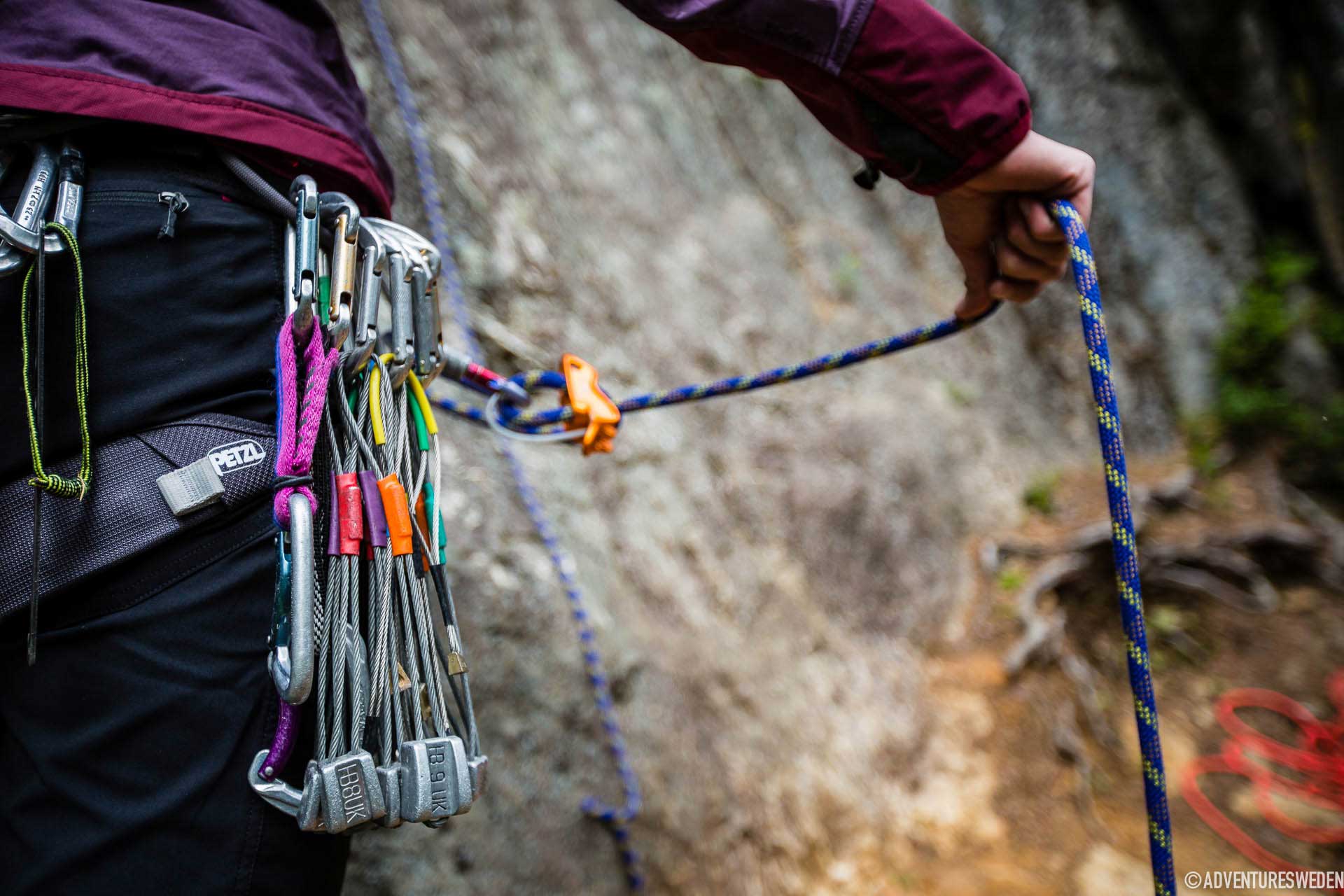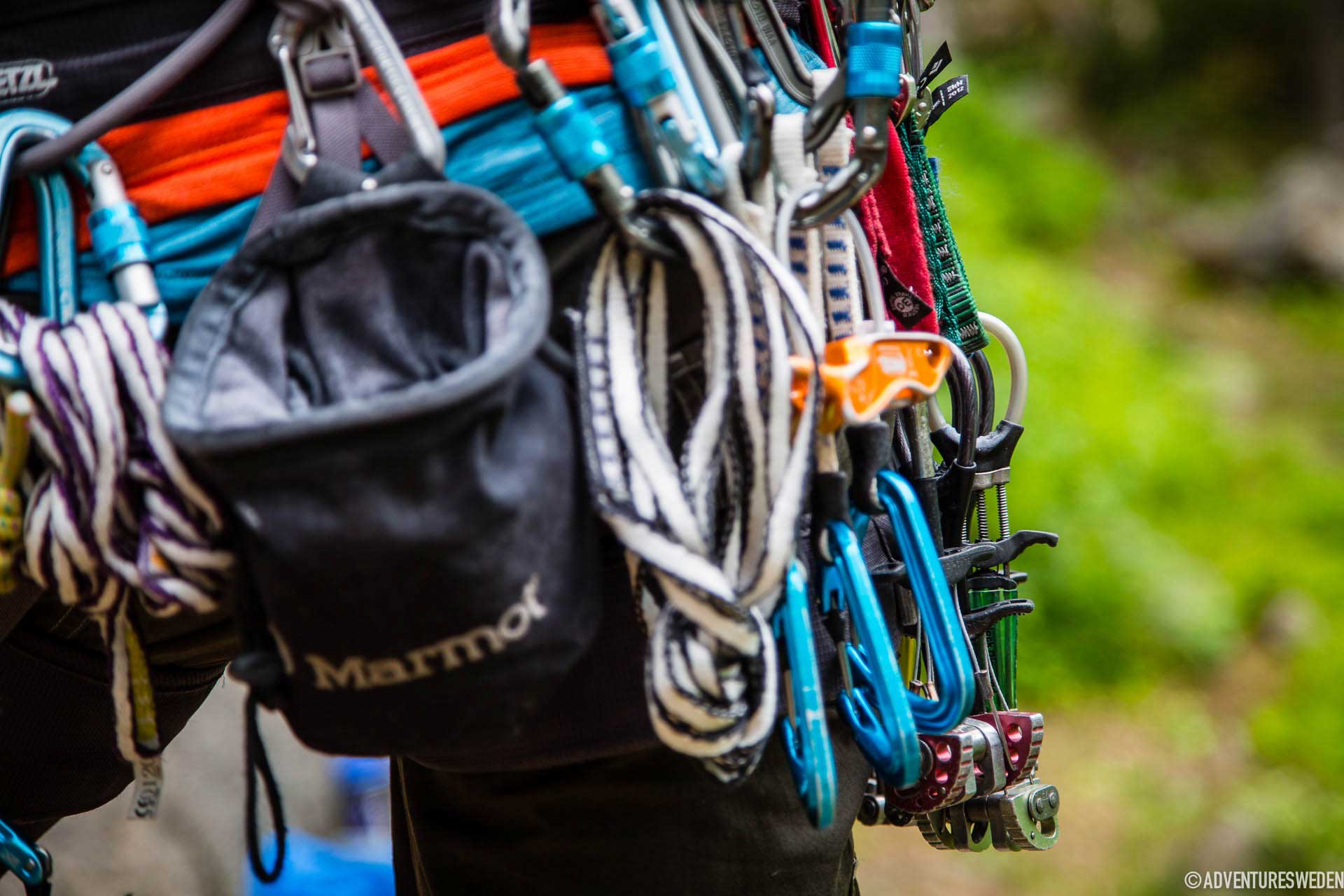Climbing While Basking in the Swedish Sun
The choice of climbing at Stuguberget in the Swedish village Stugun varies and the spot is suitable for all levels of climbers, with climbs from half a rope length to the longest climb, measuring approximately 80 metres. Some of the climbs are secured by a top rope, but generally require visitors to bring their own gear. The rocks are created of various composites, consisting mostly of a quartzite and granite that is situated in a southerly direction. This means that the rock face basks in the sunshine for most of the day. The area is surrounded by Swedish pine forests which forms a pleasant and relaxing atmosphere for climbers.
The rocks in Stugun in Sweden were first open up for climbing in 1975 when a team attempted two climbing routes up the largest of the imposing rock faces. One team eventually ascended to the top and named the area Myrsten. It took another two years before the narrower and tougher compact face was ascended, but eventually it was conquered and nowadays there are over 100 different climbing routes spread out across the rocks.
Rock climbing is not only a sport, but a way of life, you become absorbed into the climb as time stands still. It’s just you and the rock that you are holding onto, full focus of keeping muscles still, plotting where to place your next grip or where your feet will have the best purchase for the heave up. Climbing requires focus, meditatively eliminating every other thought in your mind and becoming one with the wall. Rock meets flesh, meter by meter ascending the obstacle ahead. Sometimes you meet a crux and it requires all your might, mentally and physically to cross the obstacles on your climb. Sometimes you fail and must start again. Or it leads to success, the internal reward being the euphoria and adrenaline rush of the ascent. Successfully, standing at the top, and the wonderful feeling having defeated the rock which is now under you.
There are a total of nine rock faces to climb in Stugun in Sweden, with the Vita and Musväggen being the easy, yet varied enough for newbies, children or ring rusty climbers. It is also secured at the top by a rope, meaning that climbers don’t always need to bring their own equipment. The Lilla Berget is the hardest of the trails and the Stora trail is the longest, totalling 80 meters in height. The rest of the climbs vary between 10-50 meters.












